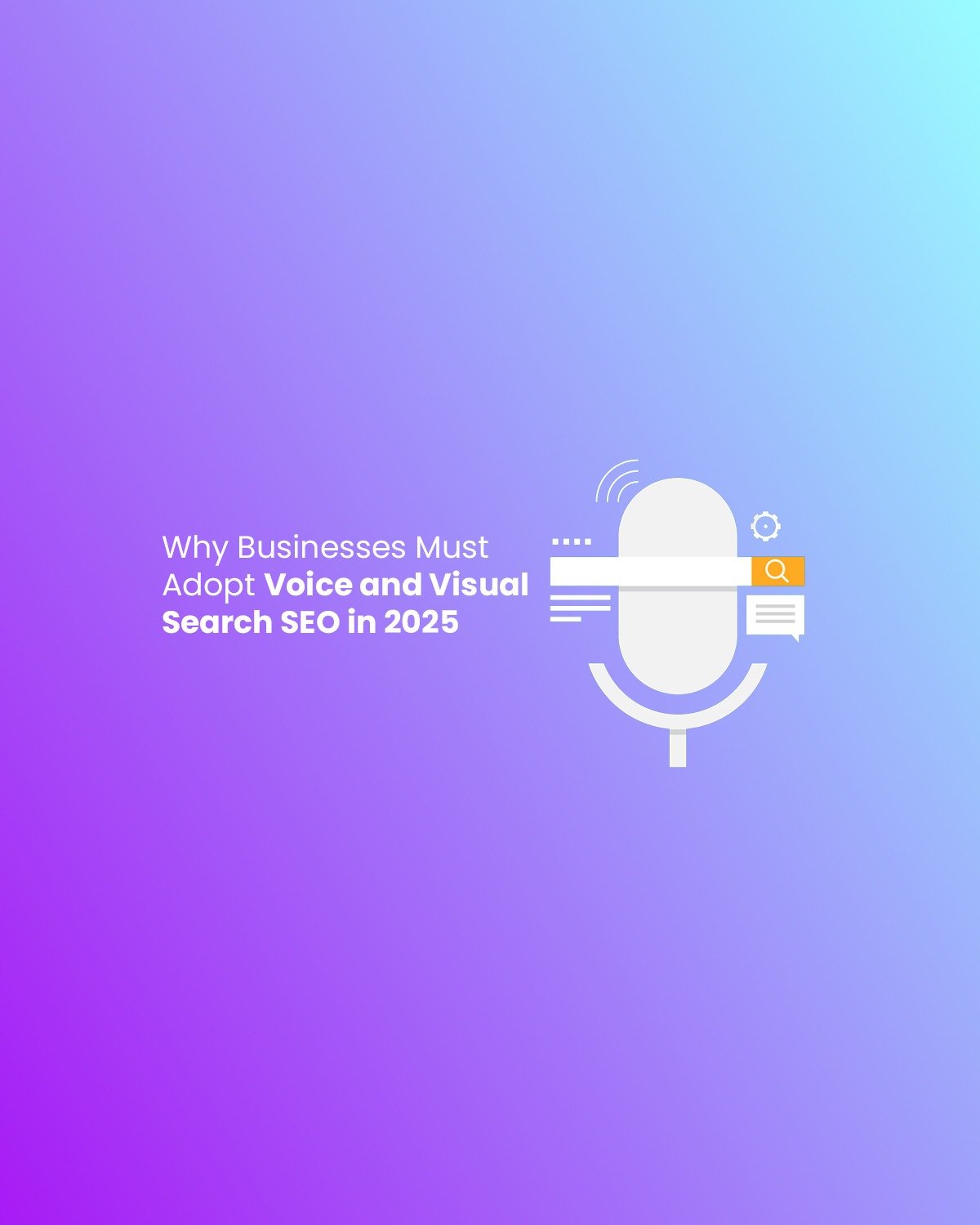In the fast-paced world of digital marketing, B2B companies face unique challenges when it comes to SEO content. With a target audience that often seeks in-depth information and resources, B2B marketers must find innovative ways to capture their attention and drive organic traffic to their websites. One effective strategy that B2B marketers can leverage is the use of structured resource sections within their SEO content. In this blog post, we’ll explore how structured resource sections can help unlock the full potential of your B2B SEO content.
What are Structured Resource Sections?
Structured resource sections are dedicated areas within your SEO content that provide comprehensive information, resources, and tools related to a specific topic or industry. These sections are designed to guide users through the buyer’s journey, from awareness to consideration to decision-making, by offering valuable content at each stage.
Why are Structured Resource Sections Important for B2B SEO?
Enhanced User Experience: By organizing your content into structured resource sections, you can improve the overall user experience by making it easier for visitors to find the information they need. This can lead to increased engagement, longer time spent on your website, and ultimately, higher conversion rates.
SEO Benefits: Structured resource sections provide search engines with clear signals about the relevance and depth of your content. By incorporating targeted keywords and optimizing your resource sections for search intent, you can improve your website’s visibility and ranking in search engine results pages (SERPs).
Authority and Credibility: By curating high-quality resources, case studies, whitepapers, and industry reports within your structured resource sections, you can establish your brand as a trusted authority in your field. This can help build credibility with your target audience and differentiate your brand from competitors.
Tips for Creating Effective Structured Resource Sections:
Identify Target Keywords: Conduct keyword research to identify relevant keywords and phrases that your target audience is searching for. Incorporate these keywords strategically throughout your resource sections to optimize for search intent.
Curate High-Quality Content: Select and curate high-quality content, including articles, blog posts, videos, infographics, and webinars, that provide valuable insights and solutions to your audience’s pain points.
Organize Content Hierarchically: Structure your resource sections hierarchically, with broad categories at the top level and more specific subcategories and topics beneath them. This makes it easier for users to navigate and find relevant information.
Optimize for User Experience: Ensure that your resource sections are visually appealing, easy to navigate, and mobile-friendly. Use clear headings, bullet points, and formatting to break up large blocks of text and improve readability.
Update and Refresh Content Regularly: Keep your resource sections up to date with the latest industry trends, insights, and research findings. Regularly update and refresh your content to ensure its relevance and accuracy.
In conclusion, structured resource sections are a powerful tool for unlocking the full potential of your B2B SEO content. By organizing your content strategically, optimizing for search intent, and providing valuable resources to your audience, you can improve your website’s visibility, authority, and credibility in the eyes of both users and search engines. So, take the time to incorporate structured resource sections into your B2B SEO strategy and watch as your organic traffic and conversions soar.



